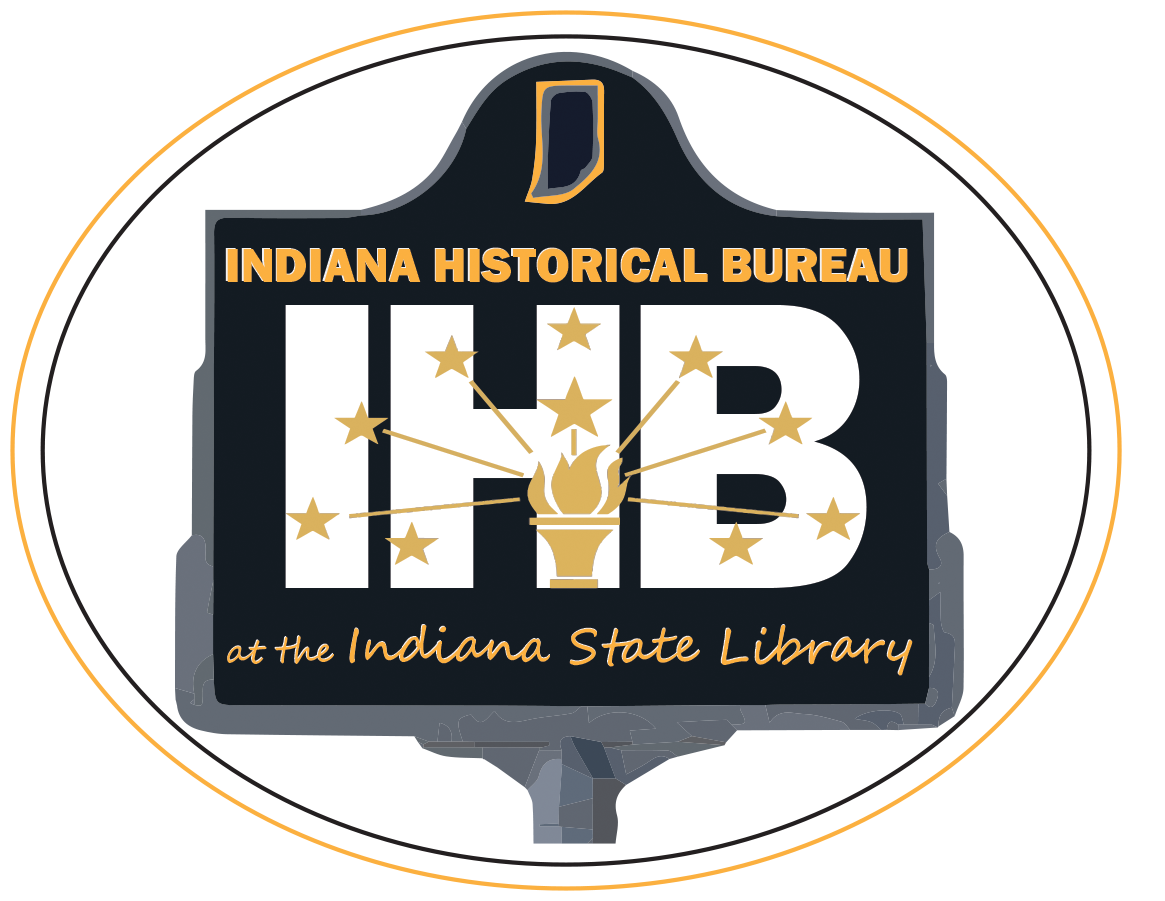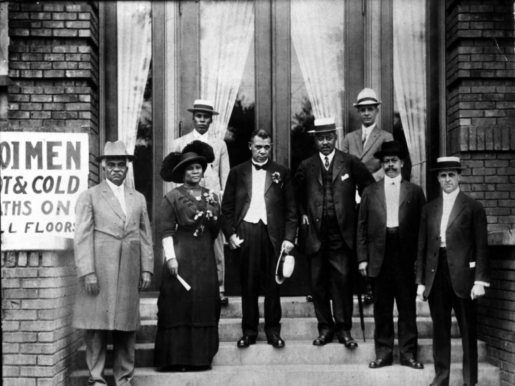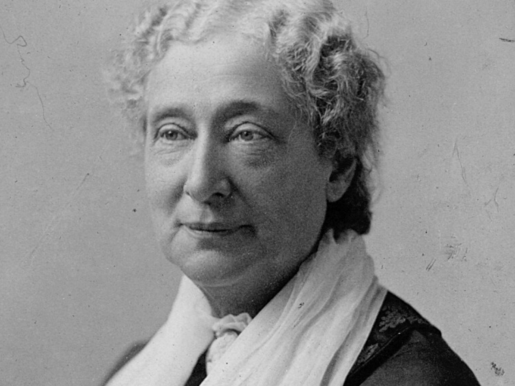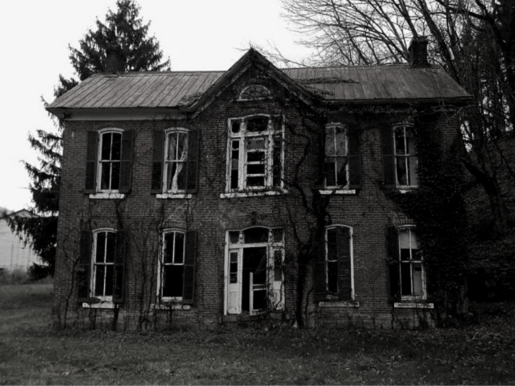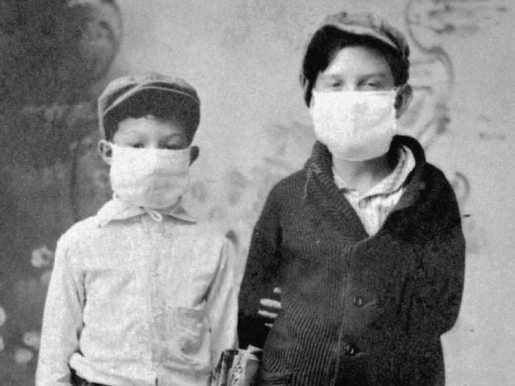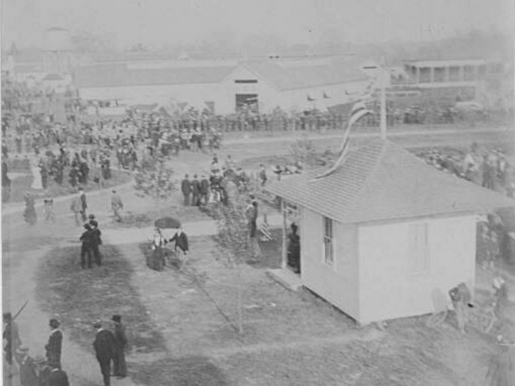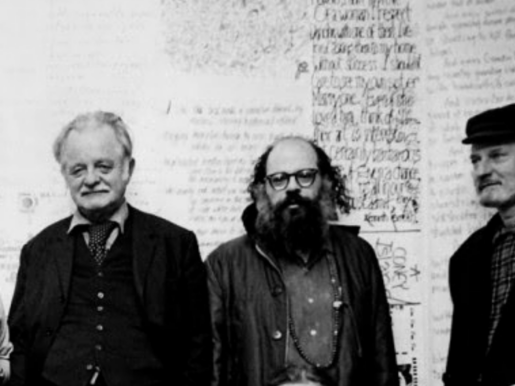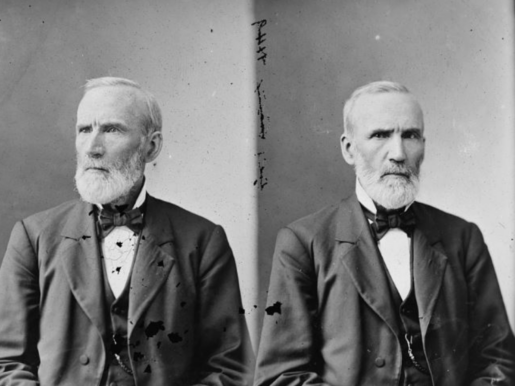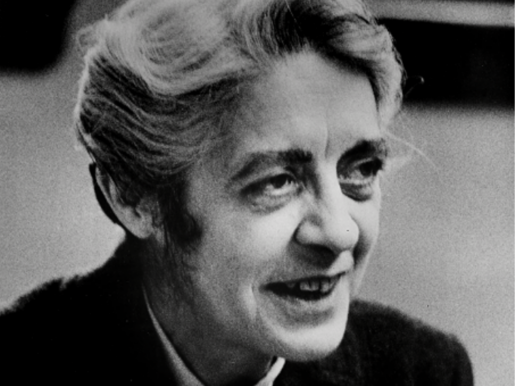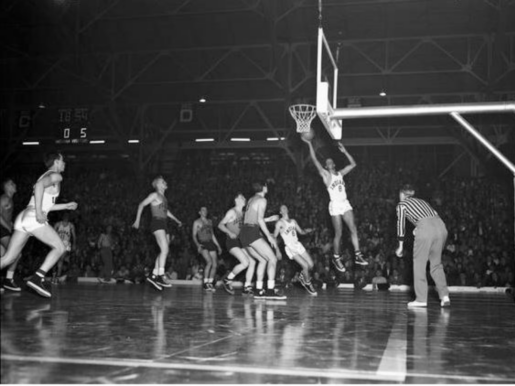Senate Avenue YMCA Monster Meetings
The Senate Avenue YMCA provided a gathering place and rallying point for the African American residents of Indianapolis, who faced prejudice and discrimination in the segregated city. The Y’s “Monster Meetings” brought nationally renown speakers such as Martin Luther King Jr. and their messages of hope for equal rights, love for their oppressors, and resistance to the hate of racism.
Zerelda G. Wallace: Temperance, Suffrage, and the Good Book
Zerelda Wallace became politically active late in her life, after she raised several children and lost her husband. She made up for lost time, however, becoming a leader in the temperance and suffrage movements in Indiana and nationally. Her strong belief in Christian moral principles and ideas about women as the moral compass of humanity inspired her work to bring women the vote.
Haunted Hoosier History: Ghost Stories from the Pages of History
With the rise of spiritualism in the late nineteenth century, Hoosiers began gathering in dimly lit rooms to contact the spirits of the departed. Others didn’t go looking at all, but restless ghosts found them nonetheless. Some of these terrifying tales ended up in the pages of Indiana newspapers. Join us as we journey through these eerie encounters . . . if you dare.
Spanish Influenza: The Dread Malady Hits Indiana
Spanish Influenza hit Indiana in September of 1918. While the virus was killing soldiers and civilians affected by WWI around the world, most Hoosiers assumed they were safe that fall. Unfortunately, the mysterious flu was already on their doorstep. On this episode of Talking Hoosier History we examine the havoc caused by the dread malady and the brave nurses and regular Hoosiers who battled the epidemic.
Scenes from the Indiana State Fair
Follow us through five scenes from the 165 year history of the Indiana State Fair. The curtain rises on the first fair in 1852, when farmers gathered to learn about the latest innovations and compete for prizes such as “best pair men’s cowhide shoes.” In scene two, we enter the sideshow tent and examine the Victorian moral controversy behind treating people with physical differences like objects. In scene three, we’ll rush the stage to see The Beatles in 1964, during their only appearance in the Hoosier State. In scene four, we’ll drool over Jessop’s Butterscotch Corn and wonder at the young woman who built the business from the back of a wagon. And in scene five we’ll walk through Hook’s Drug Store Museum and learn about how this temporary exhibit became one of the most popular permanent features of the Indiana State Fair.
Midwestern Making of Poet Kenneth Rexroth
Kenneth Rexroth’s poetry, literary criticism, and political activism inspired a generation and solidified his place in the American literary canon. And while much has been written about his years in San Francisco laying the groundwork for a literary renaissance in that city that grew into the larger Beat movement, little has been written about his time in Indiana, Illinois, and Ohio – a period when the budding poet rubbed elbows with anarchists, burlesque dancers, criminals, and the artistic and literary elite of the Midwest and the world.
George Washington Julian vs. Slavery
In a career spanning half a century, the radical Hoosier politician George Washington Julian worked to end slavery in the United States. Working through various political parties, he maintained his abolitionist views in the face of adversity and helped push the Lincoln administration toward the 13th Amendment
Physicist Melba Phillips vs. the Atomic Bomb and the Cold War
During her prestigious career, Hoosier physicist Melba Phillips developed a key quantum theory with J. Robert Oppenheimer, worked for peace in the new atomic age following WWII, and was persecuted as an alleged communist during the McCarthy Era.
Bill Garrett and The Integration of IU Basketball
In 1948, African American Hoosier Bill Garrett made his varsity debut at Indiana University, directly challenging the Big Ten ban on black players.
